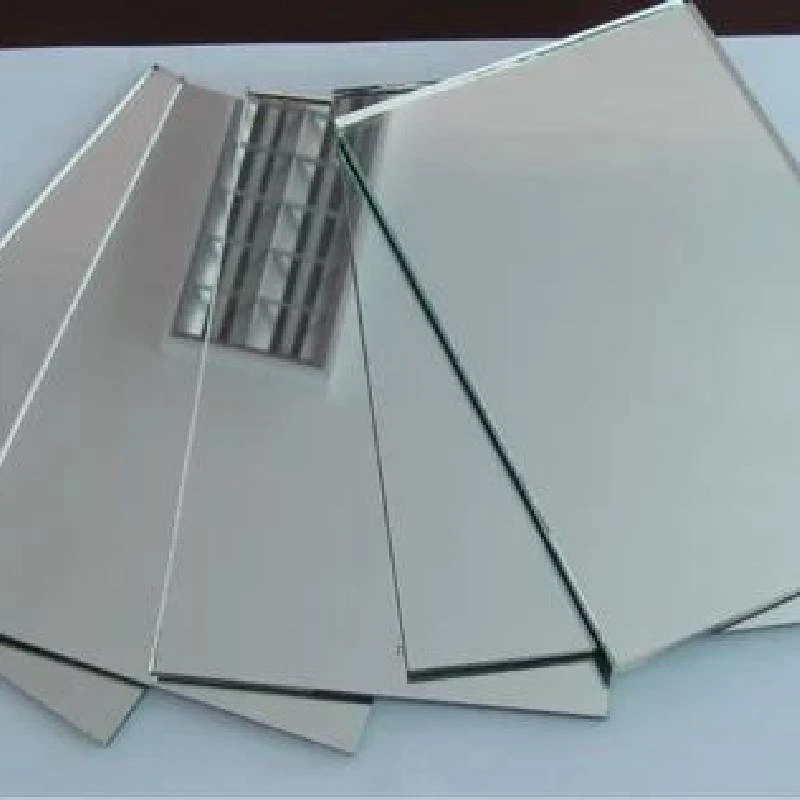

Understanding Clear Float Glass and Its HS Code
Clear float glass, a fundamental material in construction and manufacturing, plays a pivotal role in myriad applications ranging from windows to facades and beyond. Knowing its classification and standards in international trade is vital for businesses engaged in the import and export of this versatile product. The Harmonized System (HS) code, an internationally standardized numerical method of classifying traded products, provides a mechanism for systematically categorizing goods, including clear float glass.
What is Clear Float Glass?
Clear float glass is produced by the float glass process, which involves floating molten glass on top of molten tin. This method yields a uniform thickness and smooth surface, resulting in a clear, high-quality glass that is ideal for a variety of applications. Its transparency and clarity make it suitable for glazing in residential and commercial buildings, as well as for use in automotive, electronic, and furniture sectors.
The float process not only results in an aesthetically pleasing product but also contributes to the glass's strength and durability, making it resistant to impact and thermal stress. Additionally, float glass can be treated in various ways to enhance its performance, such as tempering, laminating, or insulating, expanding its uses significantly.
The Importance of HS Code for Clear Float Glass
Trade compliance plays a crucial role in global commerce, and understanding the HS code assigned to clear float glass is essential for businesses navigating international markets. The HS code for clear float glass falls under Chapter 70 of the Harmonized System, which pertains to glass and glassware.

Specifically, clear float glass typically carries the HS code 7005.21. This code denotes a specific classification for unworked flat glass, allowing for precise identification in trade databases, customs declarations, and statistical purposes. Importers and exporters must accurately use this code to comply with regulations, tariffs, and trade agreements, ensuring smoother transactions across borders.
Economic Impact and Global Trade
The global clear float glass market is significant, driven by the increasing demand for energy-efficient building materials and the growth of the construction industry. As urbanization continues to rise, so does the need for residential and commercial spaces that utilize clear float glass for its aesthetic and functional properties.
Regions such as North America, Europe, and Asia-Pacific lead the market, reflecting both high demand and the presence of major manufacturers. The classifications provided by the HS code facilitate trade relations by simplifying customs procedures and accounting for tariffs, which can vary significantly between countries. Accurate classification helps mitigate delays and misunderstandings during the shipping process, ensuring businesses can efficiently meet their logistical needs.
Conclusion
Clear float glass is a critical component in many industries, and its proper classification under the HS code is crucial for international trade compliance. As businesses continue to engage in global commerce, understanding these classifications and the factors influencing the clear float glass market will become increasingly pertinent. Compliance not only aids in efficient trade practices but also contributes to the overall understanding and growth of this essential material within global supply chains.